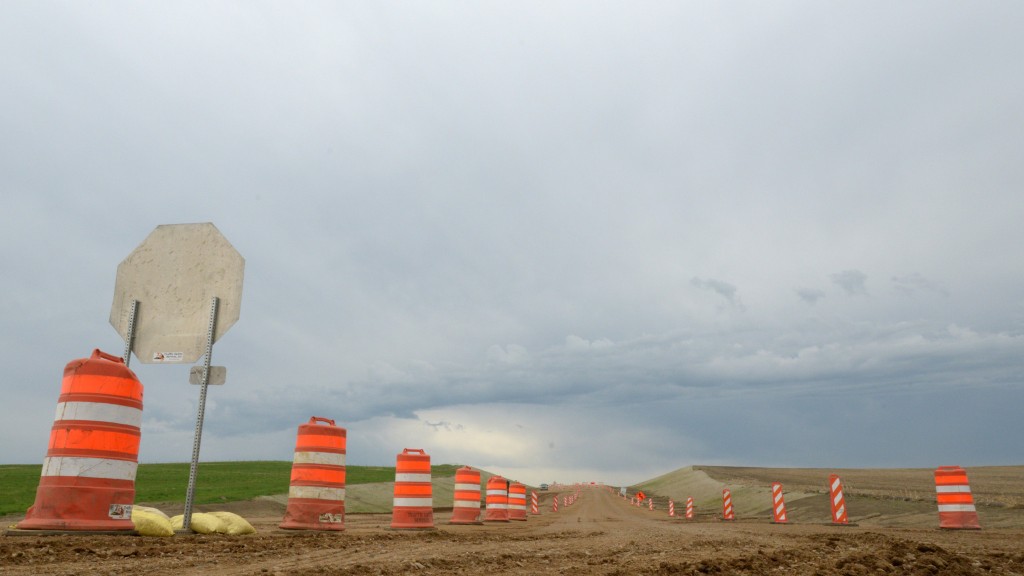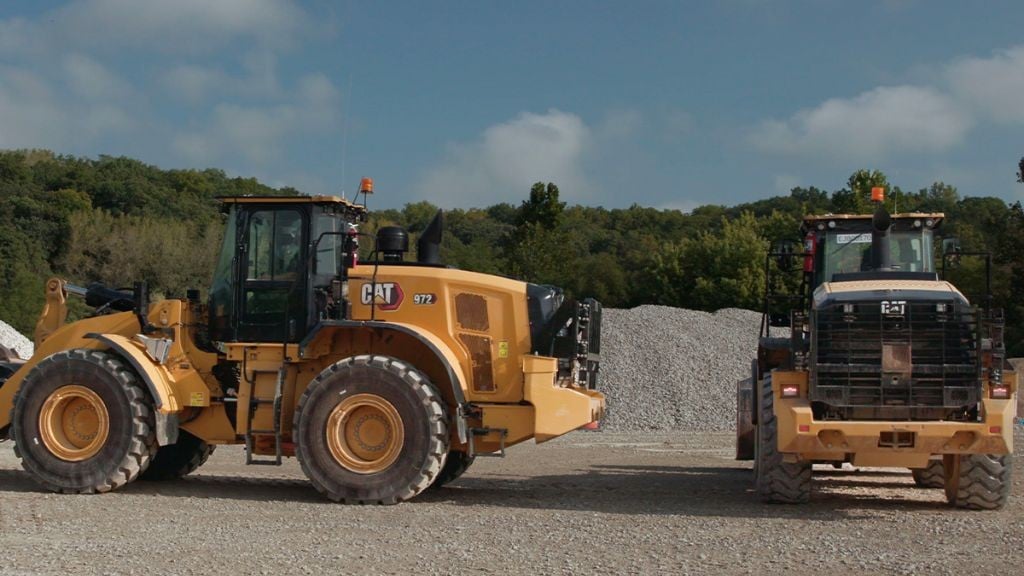
As workplaces and jobsites across the country continue to operate, and others begin to reopen their doors for employees to return to work after the coronavirus (COVID-19) lockdown, many new norms will likely replace previously established routines. Employers will need to be prudent and careful while adhering to public health measures and legislation from their jurisdiction, to ensure the health and safety of their employees, their clients and the public.
When opening jobsites, it's important to understand that the coronavirus will still be circulating, and the risk of new infections is possible. A reduction in physical distancing and isolation measures does not mean the virus is gone; it means that infection rates have slowed enough that the health care system is expected to be able to handle the probable cases. If infection rates increase, another period of higher restrictive measures could be reintroduced, and workplaces will need to adjust accordingly.
As part of a return to work plan, employers should consider performing a deep cleaning of the facilities and jobsites before workers return, and make sure that good sanitation practices are in place once business resumes. On jobsites, set up handwashing stations and place hand sanitizers near entrances and exits; the number of workers at one time should be minimized, and employers should stagger trades and their work locations, meetings, breaks, tool cribs, safety toolbox talks, and orientations.
Designated travel paths should be mapped out, so workers do not have to pass each other closely (e.g., one set of stairs for up, another for down) and have control site movement to reduce gathering at scaffolds, hoists, washrooms and other high-traffic areas. To help minimize the potential spread of infection, have workers submit hazard assessments and documents electronically, or make sure everyone washes their hands after handling papers.
Employers must continue to take all reasonable precautions to protect the health and safety of workers by providing adequate information, training, sanitation, and personal protective equipment. Set a clear policy for what is expected of workers if they get sick, have symptoms, or if exposure is reported at the organization. Make sure staff are aware of this policy and make sure that all changes and expectations are communicated before re-opening jobsites and facilities (or as they continue to work) to ensure they are informed of any changes and can ask questions.
Make sure workers know about the virus and how to minimize its spread. Post signs to remind people to practice physical distancing, good respiratory etiquette, and hand hygiene. Provide enough items for each worker such as phones, tablets, walkie-talkies and tools to avoid unnecessary sharing. If items must be shared, clean them with alcohol or disinfectant wipes between users.
Keep in mind that every business is unique and there is no one-size-fits-all approach for reopening. It is important to follow any physical distancing or safety measures that remain necessary, monitor announcements for your area, and follow the latest instructions from the government, public health or other appropriate authority.
The Canadian Centre for Occupational Health and Safety (CCOHS) promotes the total well-being - physical, psychosocial, and mental health - of workers in Canada by providing information, advice, education, management systems and solutions that support the prevention of injury and illness.



